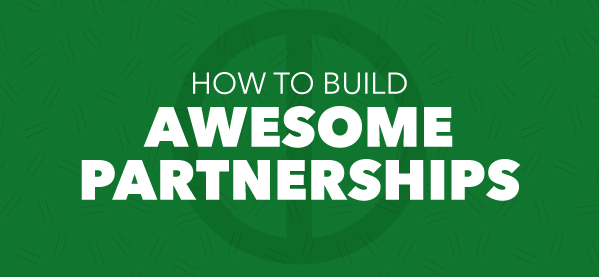
My first “real” job out of college was as an administrative assistant at a large nonprofit on the east coast. Like most administrative professionals, I did a little of everything: IT, graphic design, event planning, filing, cleaning. You know, just generally holding the whole place together.
One thing I wasn’t involved with was development. While the organization itself was quite large, spanning several floors and countless departments, the team I was a part of was small. We only had a few grants, all from the city, and directly related to specific programs we ran. For the most part, the director and program managers submitted the same grant proposals every few years, and that was it.
But then the city launched a new grant. A big one. It would have allowed several departments within the organization — including ours — to fund much-needed community programs.
A group of us decided to write and submit the grant proposal together, hoping to score a big pot of money we could all use.
I was so excited! While I had a degree in writing and had interned at various nonprofits throughout college, this would be the first grant I ever worked on. I was considering development as a possible career path, and couldn’t wait to learn the ins and outs of the process from people who had a ton of experience.
That was the last time I considered becoming a grant writer, so you can probably figure out how it went.
The meeting took almost two hours, and a good 20 minutes of that time was spent agreeing on what font we wanted to use. The remaining time was spent divvying up all the tasks needed to complete the proposal by the deadline.
In the weeks that followed, we never met again, and no one did the tasks they were assigned. Oh, and no one used the font we agreed on.
At 4:56 PM on the day it was due, my boss walked our part of the grant to city hall after he discovered the person who’d signed up to deliver it had already left with her department’s part.
I actually don’t remember if we got that grant. But I do remember thinking: what went wrong?
No one leads alone, and no one ever has. That’s why Partnership – building and maintaining strong interdependent relationships that advance our vision – is an integral part of leadership. It’s more than just collaboration or team-building; it’s connecting with people to build community in and around a shared goal.
Partnership, when steeped in relationship and done with intention, can turn a petition into a full protest, or make a database into an amazing app. It can help individuals and organizations feel more connected, tap into more resources, and become stronger and more resilient.
But Partnership isn’t easy. We’re all human, with egos and histories and fears that, when mixed together, have the potential to create beautiful harmony… or a fiery explosion.
So how can we harness the power of Partnership without losing ourselves or important projects in the process?
Maybe more importantly, how can we practice Partnership in such a way that ensures we’re building strong, healthy, interconnected communities that fortify and support all of us?
We’ve compiled 5 tips that we’ve found are essential for building truly awesome partnerships:
Download The InfographicDownload The Infographic
What are your tips for building partnerships?

One Comment